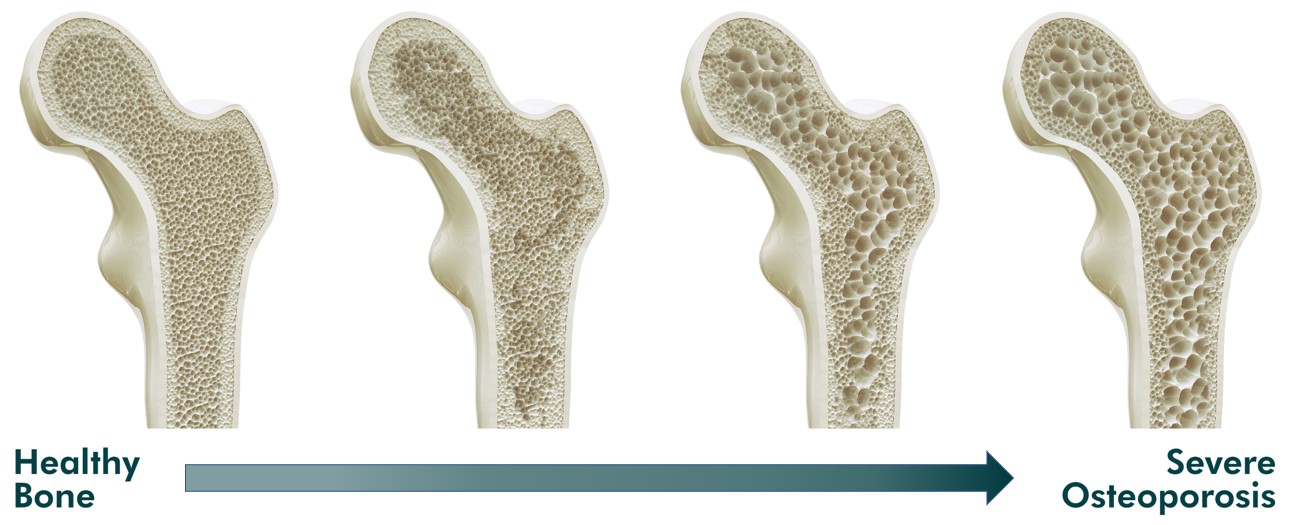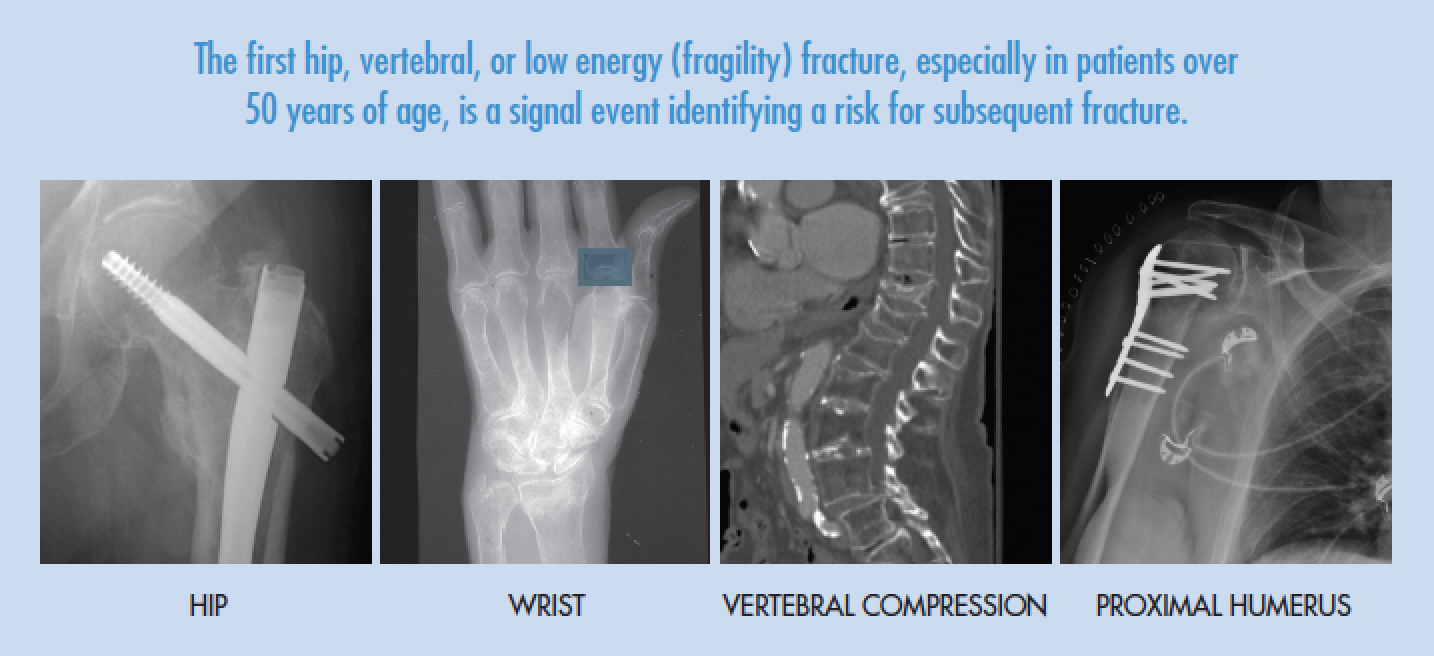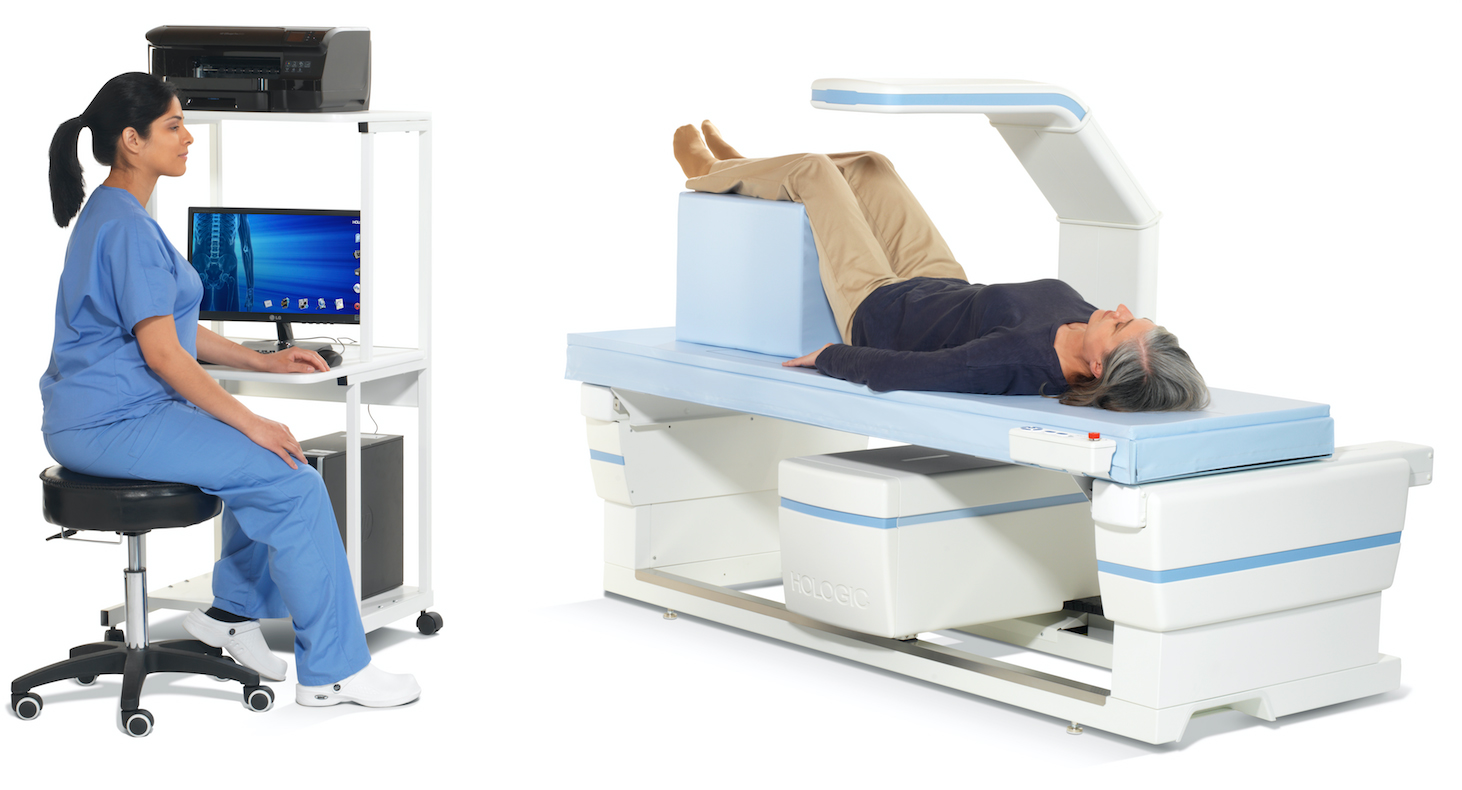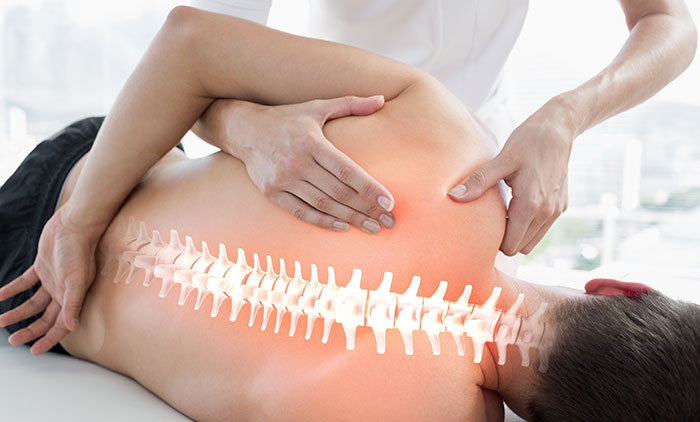


Older people who have suffered a hip or vertebral fracture, or low energy fragility fracture are at extremely high risk of another fracture yet the majority do not receive appropriate evaluation or treatments following their fractures.
Our program is designed to diagnose osteoporosis and other bone conditions that contribute to fractures and to provide treatment to prevent secondary fractures.
Roy Kenneth Aaron, M.D., a specialist in arthritis and metabolic bone disease, is an attending orthopedic surgeon at Miriam Hospital. He is Director of clinical research for the department, and Director of the Orthopaedic Cell Biology Laboratory. He is also Director of the Brown / VA Center for Restorative and Regenerative Medicine.
For questions or to make an appointment, please call 401-274-9660, option #1














Click on the following links to learn more and stay updated.

Older people who have suffered a hip or vertebral fracture, or low energy (fragility) fractures, are at extremely high risk of another fracture. It is a consensus of many specialty societies and government agencies (* see below) that these patients need evaluation and treatment. (For more information on Clinician’s Guide to Prevent and Treat Osteoporosis click here)
1. The recognition that the first hip, vertebral, or low energy (fragility) fracture, especially in patients over 50 years of age, is a signal event, identifying a risk for subsequent fracture.
2. A fracture is a multi-factorial event and half of hip, vertebral, fragility, and stress fractures occur in individuals with normal bone density as measured by dual energy X-ray absorptiometry (DEXA) scan.
3. The decision for treatment includes DEXA as one important criterion but depends on the entire clinical evaluation, not solely on the bone mineral density.
4. Low bone density does not always indicate osteoporosis but includes:
For questions or to make an appointment, please call 401-274-9660, option #1